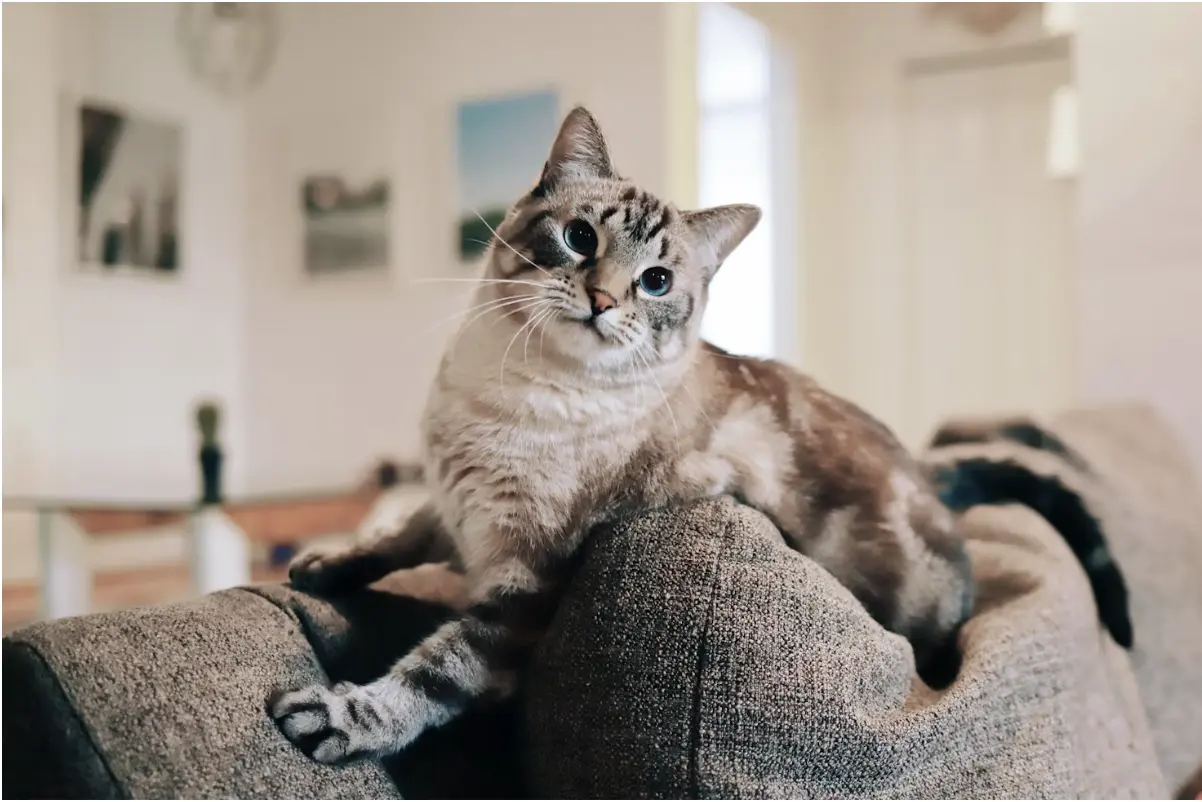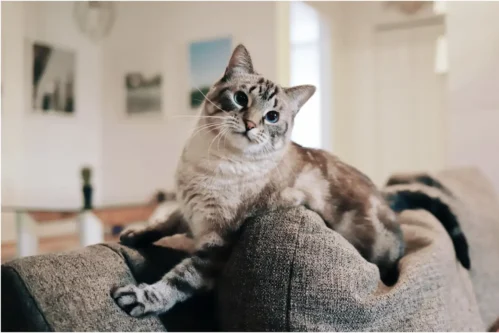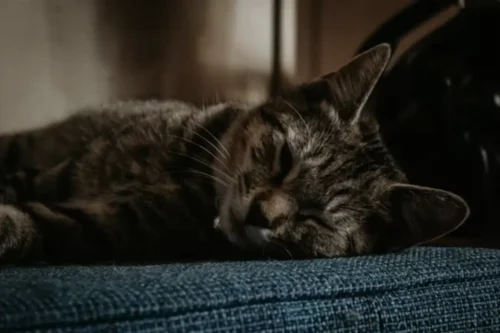
Ideas for Stylish Pet Spaces in Modern Homes
Modern homes are no longer designed solely for human comfort. Pets have become family members whose comfort and happiness deserve as much thought as our own. A stylish pet space blends practicality with personality, giving furry companions a place that feels safe, soothing, and personal. Creating such areas goes beyond aesthetics; it’s about recognizing pets as part of daily living, seamlessly integrating their needs into the layout and look of a home. Whether it’s a dedicated nook, a hidden retreat, or a chic mini-suite, there are countless creative ways to make your pet feel right at home.

Creating a Cozy Corner for Your Pet
Every pet deserves a corner that feels like a retreat from the busy rhythm of a household. Turning a small space into a warm hideaway doesn’t require much, just imagination and attention to comfort. A clever trend that many homeowners are embracing is transforming a closet pet room into a snug sanctuary. This approach works beautifully when space is limited, allowing the pet to have privacy and comfort in one stylish setting. Soft cushions, gentle lighting, and cozy textures can make this area feel like a luxurious retreat for your companion. Adding natural materials such as cotton, rattan, or wood brings a sense of calm while maintaining visual harmony with the rest of the home. Every detail, from the placement of the bed to the scent of the space, contributes to an environment where your pet can truly relax and feel secure.
Integrating Pet Spaces into Living Areas
The living room often serves as the social hub of a home, and it’s where pets tend to spend most of their time with their owners. Designing pet areas within these shared spaces can be both stylish and functional. Built-in benches with hidden storage can double as seating for humans and nap spots for pets. Low-profile furniture can be adapted to include pet beds or cushions that blend seamlessly into the décor. Selecting fabrics that are durable and easy to clean keeps the space looking elegant while maintaining practicality. Neutral tones, paired with subtle patterns, help create visual balance so the pet’s presence feels intentional rather than an afterthought. A well-placed throw or matching cushion can tie the look together, ensuring the pet zone complements the broader interior style.
Designing a Pet-Friendly Kitchen
The kitchen is often a lively space filled with smells and activity that fascinate pets. Thoughtful design can make this area both safe and welcoming. Built-in feeding stations tucked under counters or integrated into kitchen islands help keep the floor tidy and prevent food bowls from being kicked over. For a cohesive look, using materials that match the cabinetry or flooring brings uniformity to the design. Having a designated drawer or shelf for treats, toys, and leashes keeps pet items organized and accessible. Consider placing a washable rug under the feeding area to catch spills and add softness underfoot. For pets that enjoy company while you cook, a nearby resting spot with a low bed or cushioned mat lets them relax comfortably without getting underfoot.
Bedrooms that Blend Comfort and Style

Pets often like to be close to their owners, making the bedroom a natural choice for a shared resting space. The key is to balance personal comfort with style. A small pet bed that complements the room’s design can sit neatly at the foot of the bed or beside a nightstand. Elevated pet beds made from sleek materials such as bamboo or metal can lend a modern edge while keeping the sleeping area ventilated. Bedding in muted colors or matching fabrics allows the pet space to feel like part of the overall scheme. For pets that crave closeness, a bench with a soft mattress at the end of the bed offers shared comfort without compromising style. Calming colors, minimal clutter, and gentle lighting all contribute to a peaceful atmosphere where both owner and pet can unwind together.
Outdoor Retreats and Garden Nooks
Pets, especially dogs and adventurous cats, thrive on time spent outdoors. Creating a stylish outdoor retreat can turn an ordinary garden corner into a haven. Start by choosing materials that can withstand weather changes while maintaining visual appeal. Wooden shelters, woven baskets, or small pergolas covered with climbing plants provide shade and comfort. Adding a soft, washable cushion and a few toys keeps the area inviting. A pet-friendly herb garden featuring lavender, rosemary, or catnip can offer natural scents that soothe and entertain. For safety, fences or enclosed play zones keep pets secure without disrupting the flow of the garden design. Integrating natural textures such as stone, gravel, and wood allows the outdoor pet space to blend seamlessly with the rest of the yard.
Small Spaces and Urban Pet Solutions
Living in a compact apartment or an urban home often presents unique challenges when it comes to creating a dedicated area for pets. Limited floor space can make it difficult to balance style, comfort, and functionality, yet with thoughtful design, small spaces can feel just as inviting for pets as larger ones. The secret lies in maximizing every inch through clever, multi-functional features that integrate naturally into the flow of daily life.
Under-stair storage areas, alcoves, and awkward corners that often go unused can become ideal retreats for pets. A small nook with a custom cushion, warm lighting, and soft textiles can feel like a secure hideaway without taking up precious room. Incorporating a pet space beneath built-in furniture, such as a bench or shelving unit, allows owners to maintain clean lines while giving their pets a cozy zone of their own. Furniture designed with dual purposes can be particularly effective – a coffee table with an enclosed lower level for a pet bed, an ottoman with hidden storage for toys, or a nightstand that doubles as a sleeping pod. These integrated designs preserve the aesthetic of a contemporary home while meeting practical needs.
Designing stylish pet spaces is about blending beauty, comfort, and practicality. When thoughtfully planned, these areas not only serve pets but enrich the home’s character. From a cozy closet hideaway to an outdoor sanctuary, each space can be tailored to reflect the personality of both the pet and the owner. The most successful designs consider warmth, safety, and visual flow, creating harmony between human living and pet comfort. In modern homes, the best interiors tell stories of shared life and affection; spaces where every creature, great or small, belongs.
